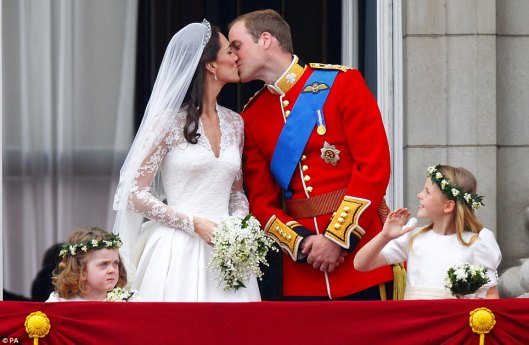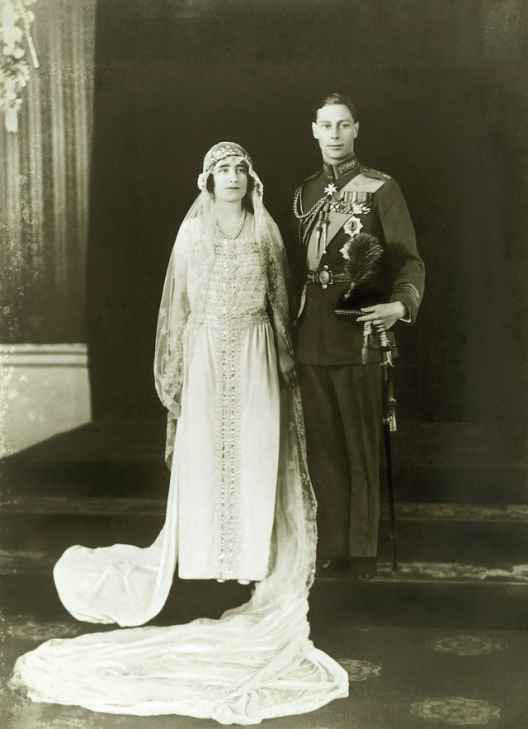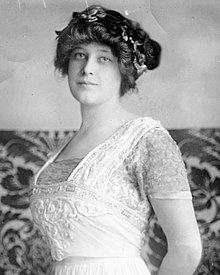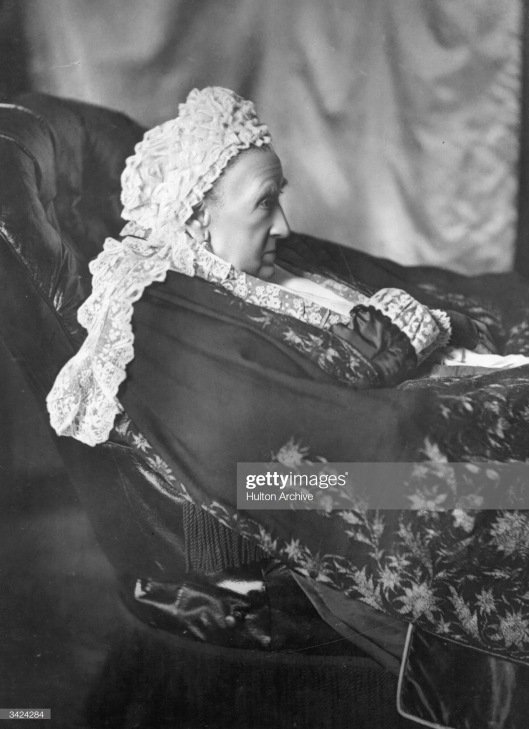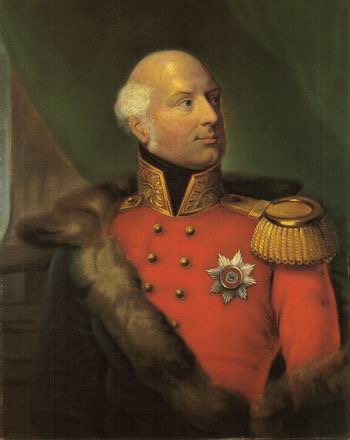Tags
House of Orange-Nassau, King Willem-Alexander of the Netherland., Kingdom of the Netherlands, Prince of Orange, Prince of Orange-Nassau, Princess Catharina-Amelia., Princess of Orange, Queen Beatrix of the Netherlands
April 30th should be renamed “Abdication Day.” Today the Heisei Emperor Akihito abdicated the Chrysanthemum Throne of Japan in favor of his son, Naruhito (徳仁, born 23 February 1960) who is now the current Emperor of Japan. He succeeded to the Chrysanthemum Throne on May 1, 2019, following the abdication of his father Akihito on April 2019. (As I type this today, April 30, 2019, it is already tomorrow in Japan). The Emperor of Japan is the only head of state in the world with the English title of “Emperor.” The Era of Naruhito’s reign bears the name “Reiwa” (令和), and according to custom he will be renamed Emperor Reiwa(令和天皇 Reiwa Tennō) by order of the Cabinet after his death.

HM King Willem-Alexander of the Netherlands, Prince of Orange-Nassau.
On 30 April 1980, Beatrix became Queen of the Netherlands when her mother, Queen Juliana, abdicated. Queen Beatrix herself abdicated in favor of her eldest son, Prince Willem-Alexander, Prince of Orange, on April 30 2013.
The rest of this blog post will have some biographical information on King Willem-Alexander of the Netherlands and also information on the Dutch inauguration ceremony
Willem-Alexander (born Willem-Alexander Claus George Ferdinand, 27 April 1967) was born in Utrecht as the oldest child of Princess Beatrix and diplomat Claus van Amsberg. He became Prince of Orange as heir apparent upon his mother’s accession as queen on 30 April 1980, and succeeded her following her abdication on 30 April 2013. He went to public primary and secondary schools, served in the Royal Netherlands Navy, and studied history at Leiden University.
On January 31, 2013, Beatrix announced her intention of abdicating. On the morning of 30 April, Beatrix signed the instrument of abdication at the Moseszaal (Moses Hall) at the Royal Palace of Amsterdam. Later that afternoon, Willem-Alexander was inaugurated as king in front of the joint assembly of the States General in a ceremony held at the Nieuwe Kerk.
As king, Willem-Alexander has weekly meetings with the prime minister and speaks regularly with ministers and state secretaries. He also signs all new Acts of Parliament and royal decrees. He represents the kingdom at home and abroad. At the State Opening of Parliament, he delivers the Speech from the Throne, which announces the plans of the government for the parliamentary year. The Constitution requires that the king appoint, dismiss and swear in all government ministers and state secretaries. As king, he is also the chairman of the Council of State, an advisory body that reviews proposed legislation. In modern practice, the monarch seldom chairs council meetings.

The Dutch Royal Family.
On February 2, 2002, he married Máxima Zorreguieta Cerruti at the Nieuwe Kerk in Amsterdam. Máxima is an Argentine woman of Basque, Portuguese and Italian ancestry, who prior to their marriage worked as an investment banker in New York City. The marriage triggered significant controversy due to the role the bride’s father, Jorge Zorreguieta, had in the Argentinian military dictatorship. The couple have three daughters:
* The Princess of Orange (Catharina-Amalia Beatrix Carmen Victoria; born 7 December 2003 at HMC Bronovo in The Hague)
* Princess Alexia Juliana Marcela Laurentien of the Netherlands(born 26 June 2005 at HMC Bronovo in The Hague)
* Princess Ariane Wilhelmina Máxima Inés of the Netherlands(born 10 April 2007 at HMC Bronovo in The Hague).
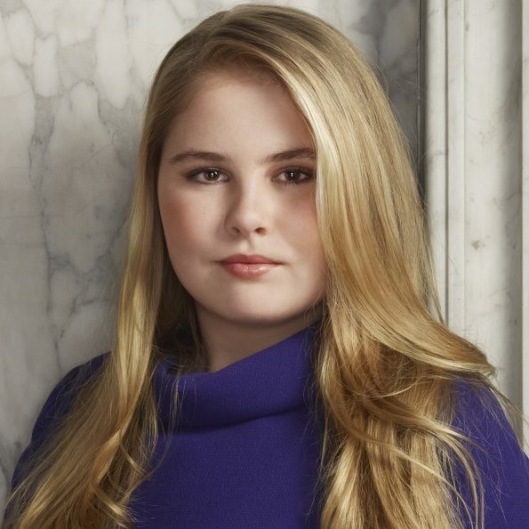
HRH Prince Catharina-Amalia of the Netherlands, The Princess of Orange.
Willem-Alexander is the first Dutch king since Willem III, who died in 1890. Willem-Alexander had earlier indicated that when he became king, he would take the name Willem IV, but it was announced in January 2013 that his regnal name would be Willem-Alexander.
Inauguration Ceremony
Upon his or her accession to the throne, the new Dutch monarch undergoes an inauguration ceremony as required by the constitution. The ceremony is taken as a joint session of the two houses of the States General, and is held at the Nieuwe Kerk in Amsterdam.

The King and Queen of the Netherlands at their Inauguration Ceremony.
As with many other European monarchic customs, in the Netherlands new monarchs are not crowned. (Only the British Monarchy continues a coronation ceremony) The Dutch crown and other regalia have never been physically bestowed. Article 32 of the Dutch constitution states that as soon as the monarch assumes the royal prerogative, he is to be sworn-in and invested in Amsterdam at a public joint session of the two houses of the States General. The monarch may not exercise the royal prerogative until reaching the age of 18.

Crown of the Netherlands.
Inauguration is strictly ceremonial as the successor to the throne instantly becomes the new monarch at the moment the former monarch dies or abdicates. The last Dutch monarch to rule until his death was Willem III in 1890. His successor was his daughter, Wilhelmina; however, she was not inaugurated until her coming of age in 1898. Her mother Emma of Waldeck and Pyrmont was regent from 1890 to 1898. Wilhelmina passed the throne via abdication to her daughter Juliana in 1948. Every monarch since Wilhelmina have so far chosen to abdicate their thrones after a certain time. This is a custom or tradition and not required by the constitution. The monarch can choose to reign until their death if her or she so chooses.
The monarch, the heir to the throne, the royal family and the cabinet led by the prime minister meet in the Royal Palace of Amsterdam in the State Hall. The monarch signs the instrument of abdication, which is then signed by the heir, members of the royal family and members of government. As soon as the instrument is signed, the new monarch’s accession is complete. The previous monarch then steps on the balcony of the palace, where the new monarch is introduced to the waiting public outside.
The ritual is held at the Nieuwe Kerk, in the capital city of Amsterdam. Regalia such as the crown, orb and sceptre are present but are never physically given to the monarch, nor are they worn by him or her, instead they are placed on cushions, on what is called a credence table. The royal regalia surround a copy of the Dutch constitution. Two other regalia–the sword of state and the standard of the kingdom bearing the coat of arms of the Netherlands–are carried by two senior military officers. During the ceremony, the monarch, wearing a ceremonial mantle, is seated on a chair of state on a raised dais opposite members of the States General.

